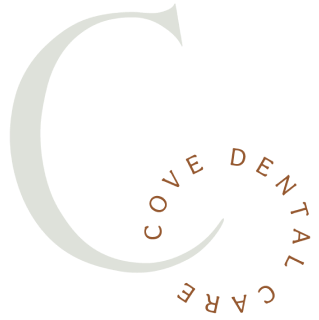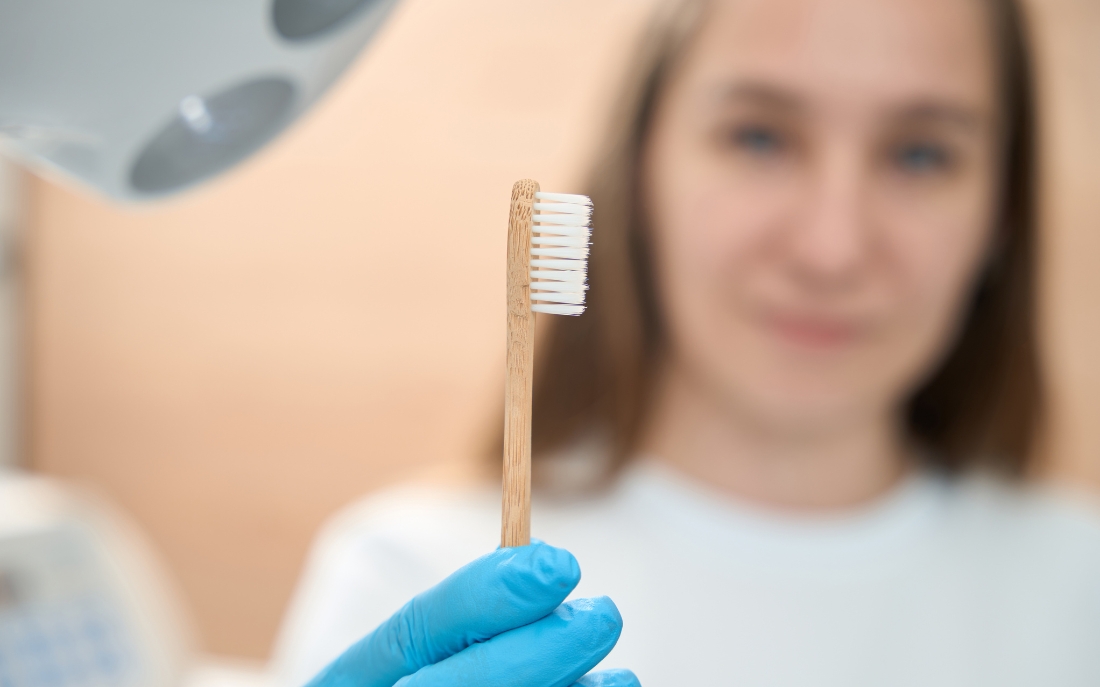Debunking the Top 5 Dental Myths


Maintaining good oral health is crucial for overall well-being, yet many myths about dental care persist. These misconceptions can impact our habits and, ultimately, our oral health. Let’s dispel the top 5 dental myths to ensure accurate information and promote optimal dental care.
Myth #1: Sugar is the Sole Culprit for Cavities
It’s a common belief that sugar is the sole cause of cavities. While sugar does play a significant role, it’s not the only factor. The real culprit is the acid produced by bacteria in the mouth when they feed on sugars and carbohydrates. Regular brushing, flossing, and dental check-ups are essential to combat these cavity-causing bacteria.
Myth #2: If My Gums Don’t Bleed, They’re Healthy
Contrary to popular belief, the absence of bleeding gums doesn’t necessarily equate to healthy gums. Gums can be inflamed without bleeding, especially in the early stages of gum disease. Regular dental check-ups are crucial for identifying and addressing potential gum issues before they escalate.
Myth #3: Teeth Whitening Damages Tooth Enamel
There’s a misconception that teeth whitening erodes tooth enamel. Professional teeth whitening, when done under the supervision of a dentist, is a safe and effective procedure that doesn’t harm enamel. Over-the-counter products and excessive use, however, may lead to sensitivity, so it’s important to follow guidelines and consult with a dental professional.
Myth #4: You Shouldn’t Visit the Dentist During Pregnancy
Pregnancy can affect oral health, making regular dental visits even more crucial. Contrary to the myth that dental treatments should be avoided during pregnancy, routine cleanings and necessary procedures can be safely done. Informing your dentist about your pregnancy allows for adjustments to be made as needed.
Myth #5: Baby Teeth Aren’t Important; They’ll Fall Out Anyway
While it’s true that baby teeth eventually fall out, they play a crucial role in a child’s oral health and development. Baby teeth help with speech development, proper chewing, and guide the eruption of permanent teeth. Neglecting baby teeth can lead to issues like cavities and misalignment, affecting the child’s oral health in the long run.
Conclusion
In conclusion, separating fact from fiction is vital for maintaining optimal oral health. Regular dental check-ups, proper oral hygiene practices, and a well-balanced diet are fundamental components of a healthy smile. By dispelling these common dental myths, we empower ourselves to make informed decisions about our oral care and overall well-being.


